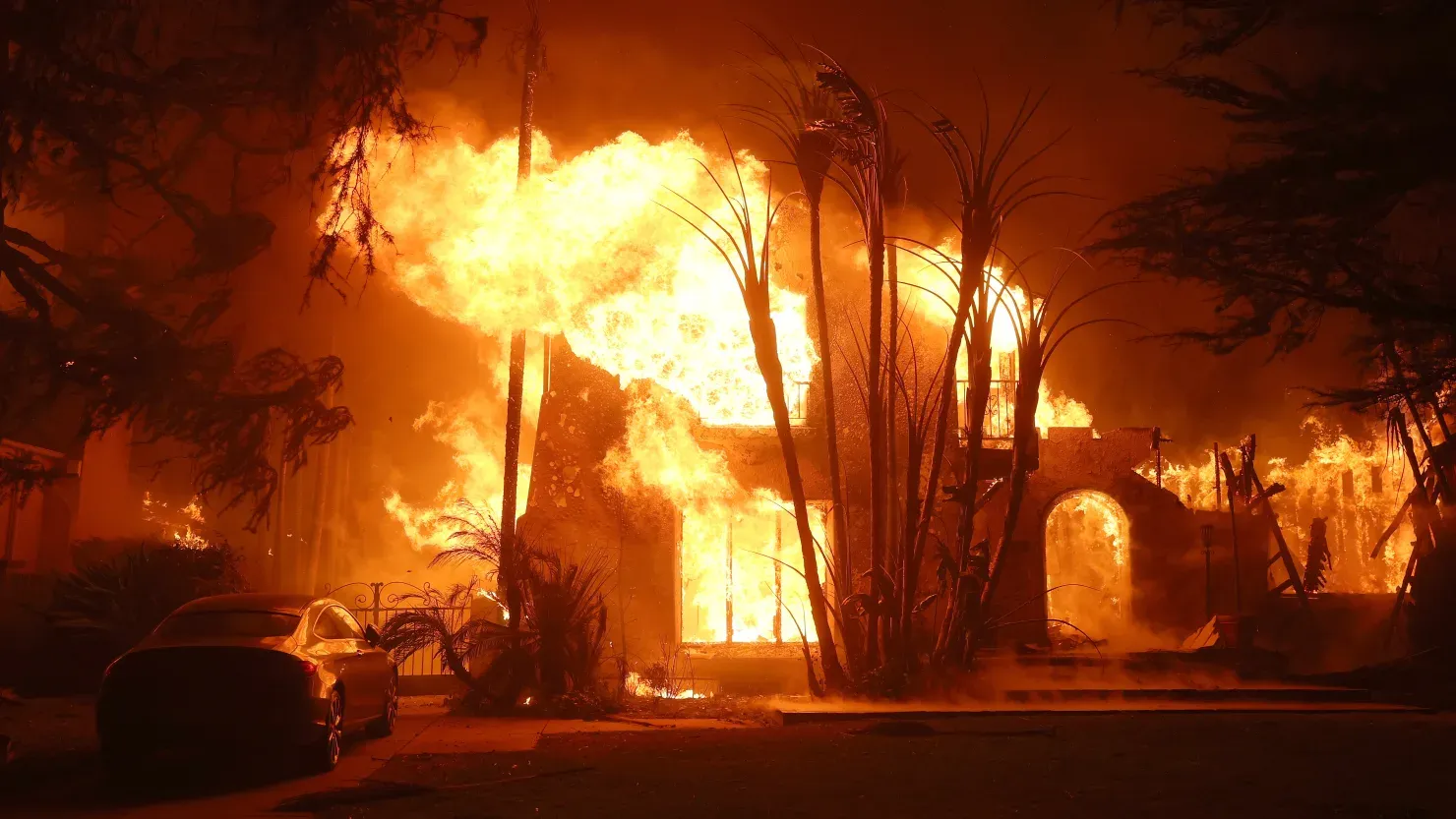Federal student loan borrowers recovering from the devastating wildfires in Southern California have access to relief measures designed to help them manage their payments during this challenging time. These options also extend to borrowers in other areas affected by extreme weather and climate-related disasters.
 |
| Justin Sullivan | Getty Images |
“Borrowers impacted by natural disasters may qualify for temporary relief from student loan payments,” said Carolina Rodriguez, director of the Education Debt Consumer Assistance Program (EDCAP) in New York. Experts emphasize the importance of understanding these relief options in case they become necessary.
In 2023, the United States experienced a record-breaking 28 billion-dollar disaster events, including wildfires, droughts, and tornadoes, according to the National Oceanic and Atmospheric Administration (NOAA). By November 2024, 24 additional weather and climate disasters had resulted in losses exceeding $1 billion each.
Here is what federal student loan borrowers need to know about their relief options during a natural disaster:
How Natural Disaster Forbearance Works
The Heroes Act of 2003 offers various forms of assistance to student loan borrowers residing or working in areas affected by natural disasters. According to higher education expert Mark Kantrowitz, one of the most valuable options for these individuals is natural disaster forbearance.
“Climate change has increased the frequency and severity of natural disasters, making these waivers and forbearances critically important,” said Kantrowitz.
The U.S. Department of Education works in conjunction with the Federal Emergency Management Agency (FEMA) to identify disaster-affected areas. Loan servicers monitor FEMA’s website daily to determine which borrowers may qualify for relief.
In many cases, qualifying borrowers are automatically placed into a natural disaster forbearance without needing to apply. However, Kantrowitz advises borrowers to contact their loan servicer to ensure their payments are paused if they are unsure about their status.
The natural disaster forbearance provides relief for up to 90 days, with possible 30-day extensions. However, the total forbearance period cannot exceed 12 billing cycles from the date of the disaster. It is important to note that loan interest continues to accrue during this payment pause.
Borrowers who prefer to continue making payments despite qualifying for forbearance can opt out by contacting the Department of Education.
Relief Options for Current Students and Delinquent Borrowers
Students enrolled in school during a natural disaster may still qualify for an in-school deferment, even if they are unable to complete the academic year, said Kantrowitz.
For borrowers in default on their loans, relief is also available. Those affected by a natural disaster—or their family members—can request a three-month suspension of collection activities through the Department of Education.
Minimal Documentation Requirements
Loan servicers may request documentation to verify a borrower’s eligibility for disaster relief, but accommodations are available for those unable to provide necessary paperwork due to the disaster’s impact.
“Documentation may not be necessary, as it is often lost during natural disasters,” explained Kantrowitz. “Borrowers just need to demonstrate they are affected individuals. Requests can be made orally and do not require a written application.”
Proof of eligibility may be as simple as providing the borrower’s home or workplace address in a disaster-affected area. Additionally, borrowers who have lost access to their student loan records can retrieve their information through their Studentaid.gov account.
Options for Ineligible Borrowers
If the disaster is not federally declared or borrowers do not qualify for natural disaster forbearance, they may still apply for a general forbearance through their loan servicer.
However, Carolina Rodriguez cautions borrowers that interest will continue to accrue during this period, and paused payments may delay progress toward loan forgiveness programs.
Private student loan borrowers face fewer relief options in comparison to federal loan holders. Rodriguez recommends contacting private lenders promptly to explore available assistance and to prevent delinquency or default.
“Acting early is essential,” Rodriguez said, “to ensure borrowers can access any relief measures their private lenders might offer.”
In summary, federal student loan borrowers have multiple avenues for relief when natural disasters strike. By understanding these options and communicating with their loan servicers, borrowers can focus on recovery without the added burden of financial stress.

0 Comments